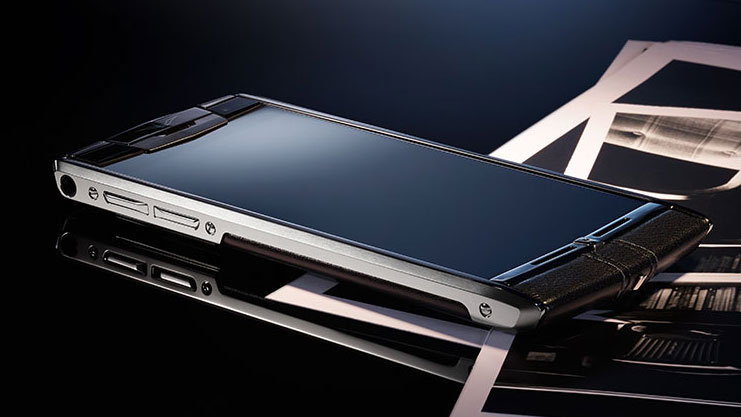Improved sapphire screens could make Apple change its mind

The recent announcement that Apple was turning its factory for sapphire displays into a data centre has meant that at least one large smartphone manufacturer has given up on ultra-tough sapphire displays.
However, the technology is still alive and well, and has just been given a new boost thanks to some pretty exciting developments that solve one of the major problems associated with sapphire glass: its screen reflectance.
We spoke to Dr. Raymond Soneira, President of DisplayMate Technologies, about Apple's decision to move away from sapphire displays.
"Apple is a very secretive company so I can't comment on what Apple may or may not be doing in the future" he told us, "the closing and conversion to a data center of what once was the world's largest sapphire manufacturing facility has certainly dampened their immediate plans for sapphire.
"However, a major new development in sapphire technology means that the new enhanced sapphire is likely to go mainstream in the very near future for companies that adopt it".
Boosting sapphire
Although Apple might be putting its sapphire ambitions on hold, other companies such as Huawei, Kyocera, and Vertu are already using the screen technology. Although Apple's brief dalliance with sapphire didn't come to much, it did help bring sapphire glass to the attention of a lot more people, and has helped boost its reputation as a rugged and premium item.
In the past Dr. Raymond Soneira has been clear about the drawbacks of sapphire displays. "A major issue... is that sapphire has roughly double the reflectance of Gorilla glass, so smartphones with sapphire are much harder to read in ambient light as a result of the significantly greater reflections off the screen, which washes out the displayed images in both contrast and color."
Sign up for breaking news, reviews, opinion, top tech deals, and more.
Dr. Raymond Soneira and DisplayMate Technologies have just tested ground breaking new sapphire technology that lowers the screen reflectance of sapphire by such a significant margin that it is now less reflective than glass, which as Dr. Soneira points out now turns its major disadvantage into a major new advantage.
"This isn't an Anti-Reflection AR coating, which would scratch off easily and defeat sapphire's tremendous scratch resistance - so the enhanced sapphire is now number one in scratch resistance, low reflectance and performance in high ambient light."
This new technology could also have positive ramifications for other areas of the smartphone it's installed on. For example sapphire displays could now run with lower screen brightness which would result in improved battery life.
These new developments mean we could be seeing sapphire screens in mainstream devices pretty soon, and it could even make Apple reconsider its stance.

Matt is TechRadar's Managing Editor for Core Tech, looking after computing and mobile technology. Having written for a number of publications such as PC Plus, PC Format, T3 and Linux Format, there's no aspect of technology that Matt isn't passionate about, especially computing and PC gaming. He’s personally reviewed and used most of the laptops in our best laptops guide - and since joining TechRadar in 2014, he's reviewed over 250 laptops and computing accessories personally.